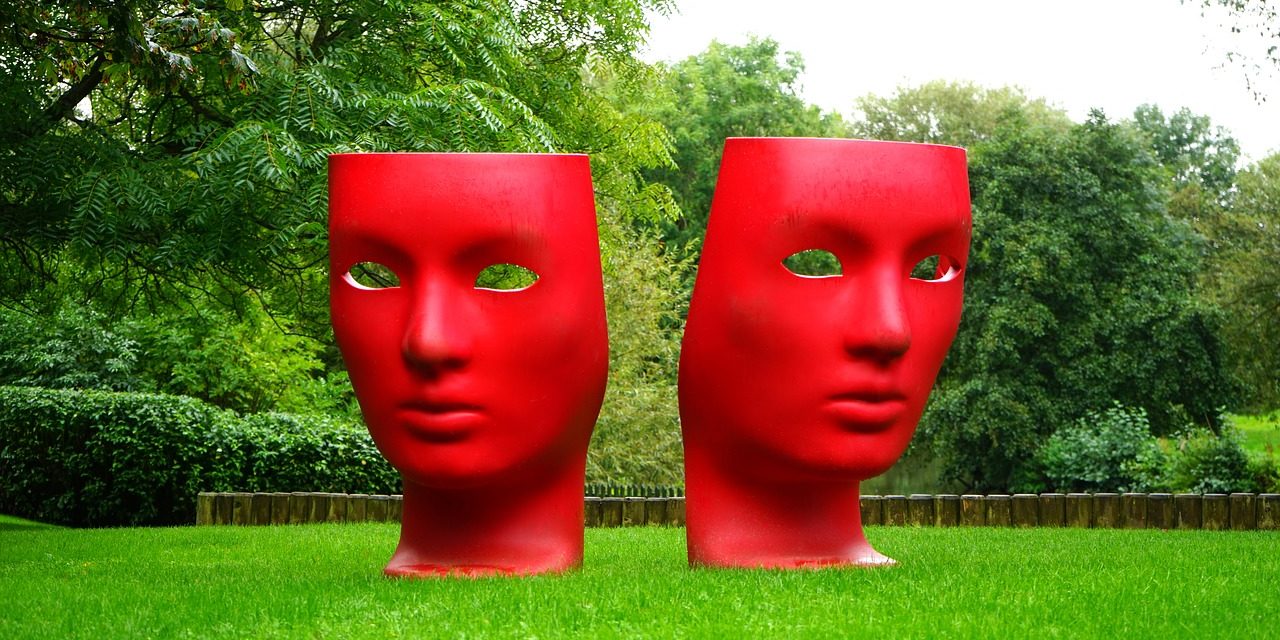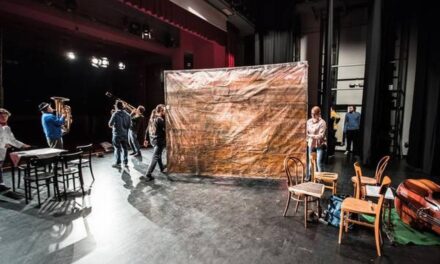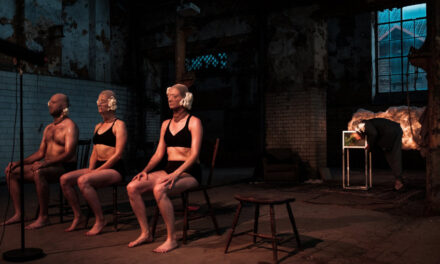I. The dramaturg as emancipated spectator
I will begin with this assumption: Today the distinctions between theoretical and practical dramaturgy dissolve themselves and the dramaturg’s functions (if we paraphrase Foucault’s author’s function) merge. The dramaturg participates in processes that concern the artistic strategy, the developing of text, even understood as performance, but he is paradoxically never understood as the author, even in the sense of Foucault’s author’s function. And we should agree with Roland Barthes in this unusual case of the omitted or suppressed author function embodied within theatre circles by a dramaturg.
Our Danish colleague Bent Holm asks himself a question: “Then who is the dramaturg?” He gives an interesting answer: “He is the right-hand man of the audience, the ideal spectator, operating in endless, dynamic processes of interactivity and inter-textuality” (“Dramaturgical Processes: Theories in Practice” 1).
Without any doubt, he knows that the ideal spectator, like Eco’s model reader or Iser’s implied or ideal reader, is a construction. Instead of ideal spectator I would prefer to use emancipated spectator, the term coined by Jacques Rancière. If, according to Roland Barthes, the audience is the true creator of the performance, then the dramaturg should act as an emancipated spectator. In which sense?
First, we have to ask ourselves the following question: Can we emancipate the spectator by challenging “the opposition between viewing and acting”? (Rancière, The Emancipated Spectator 13). Then we have to think of performing arts as a result of a specific aesthetic revolution (in the sense of Rancière) of the performative turn of the 1960s and 1970s. As described by Erika Fischer-Lichte in Ästhetik des Performativen, this specific turn from the referential to performative culture resulted in various explorations of both physical and psychological limits in the artist and the audience. Members of the audience found themselves in an in-between position, a state of liminality that produced a destabilization of the spectator’s perception of themselves, the others, and reality.
Historically, unusually as it may seem, logocentric or dramatic theatre had much more to do with the very performative or pre-post-dramatic theatre that preceded the reforms of the 18th century. And it is exactly at this point that Jacques Rancière’s notion of the emancipated spectator can introduce itself within the theory of the dramaturgy of the spectator and the role of the dramaturg in the contemporary post-performative and post-postmodern or altermodern theatre of today. One could say that dramaturgs of today are entering Rancière’s alternative perspective on the effort to emancipate the spectator: to help him to deliberately attempt to traverse the abyss that divides activity from passivity by asking “if it is not precisely the desire to eliminate the distance that creates it” (Rancière 12).
At the beginning of the 21st century, the dramaturg has to enact the emancipation of both the spectator and the performer. She or he has to establish politics of performing arts that combine in a non-hierarchical way the two paradigms of the aesthetic revolutions (Brecht and Artaud). According to Brecht, dramaturgy has to make “the audience aware of the social situation on which theater itself rests, prompting the audience to act in consequence” (Ranciere 4). But at the same time—according to Artaud—dramaturgy and theatre have to make the audience “abandon the position of spectator. No longer seated in front of the spectacle, the spectators are instead surrounded by the performance, dragged into the circle of the action, which gives them back their collective energy” (ibid.).
This loss of illusions often leads the dramaturg and the director to increase the pressure on the spectator: Maybe he will know what has to be done, if the performance changes him, if it sets him apart from his passive attitude and makes him an active participant in the communal world. Rancière thinks, “This is the first point that the reformers of the theater share with the stultifying pedagogues: the idea of the gap between two positions. Even when the dramaturge or the performer doesn’t know what he wants the spectator to do, he knows at least that the spectator has to do something: switch from passivity to activity” (11–12).
II. The transformation of the cause/effect scheme itself
The emancipated dramaturg, therefore has to aim for the transformation of the cause/effect scheme itself, the dismissal of the set of oppositions which grounds the process of stultification. He has to invalidate the opposition between activity and passivity as well as the scheme of equal transmission and the communitarian idea of the theatre that makes it, in fact, an allegory of inequality. The crossing of the borders and the confusion of the roles does not turn spectatorship into activity by turning representation into presence. On the contrary, it exposes as well as questions the theatrical privilege of living presence. It produces a stage of equality, where the different kinds of performances would be translated into one another.
The emancipated dramaturg has to bear in mind that the dichotomy logocentric versus performative is sometimes completely useless in practical work in theatre. She or he has to bear in mind that a performative act on stage unites singular and plural, textual, and performative culture. Thus it produces the notion of art as a procedure of truth (Alain Badiou). It creates a singular event in which—to use the words of Jean-Luc Nancy—what counts in art, what makes art art, is neither the “beautiful” nor the “sublime”; it is neither a “sensible manifestation” nor a “putting into work of truth” (Being Singular Plural 14). It is all of this, but in another way: it is access to the scattered origin in its very scattering; it is the plural touching of the singular origin.
III. The dynamic tour de force of singularity and plurality
The emancipated dramaturg should also stick to Artaud’s strong utopist belief that theatre can perform a specific act of embodied transgression, within which the body-becoming serves as a site for restructuring cultural belief systems. Like a dream, or perhaps more like a medieval madness, a contemporary theatre is characterized as a discourse that wants to return to its origins as the “truth” of the world.
In this sense, dramaturgy today should stick to what Badiou names “a generic vacillation” in Rhapsodie pour le theatre: “The true theater makes of each performance; each actor’s every gesture, a generic vacillation in which differences with no basis might be risked. The spectator must decide whether to expose himself to this void, and share the infinite procedure. He is called, not to pleasure . . . but to thought” (91–92).
And it is by all means a task of the dramaturg to emancipate the very pleasure of thoughts in performers and the spectators, the creators and the public of the performance.
BIBLIOGRAPHY
Artaud, Antonin. Collected Works. Vol. 4. Translated by Victor Corti. London: Calder & Boyars, 1974.
Badiou, Alain. Rhapsodie pour le theatre: court traite philosophique. Paris: Imprimerie nationale, 1990.
Fischer–Lichte, Erika. Ästhetik des Performativen. Frankfurt am Main: Suhrkamp, 2004.
Holm, Bent. Dramaturgical Processes: Theories in Practice.
Nancy, Jean-Luc. Being Singular Plural. Translated by Robert D. Richardson and Anne E. O’Byrne. Stanford: Stanford University Press, 2000.
Rancière, Jacques. The Emancipated Spectator. Translated by Gregory Elliot. New York: Verso, 2009.
Toporišič, Tomaž. “The Essay on Stage: Singularity and Performativity.” Primerjalna književnost 33, no. 1 (2010): 217–32.
This post was written by the author in their personal capacity.The opinions expressed in this article are the author’s own and do not reflect the view of The Theatre Times, their staff or collaborators.
This post was written by Tomaž Toporišič.
The views expressed here belong to the author and do not necessarily reflect our views and opinions.


















